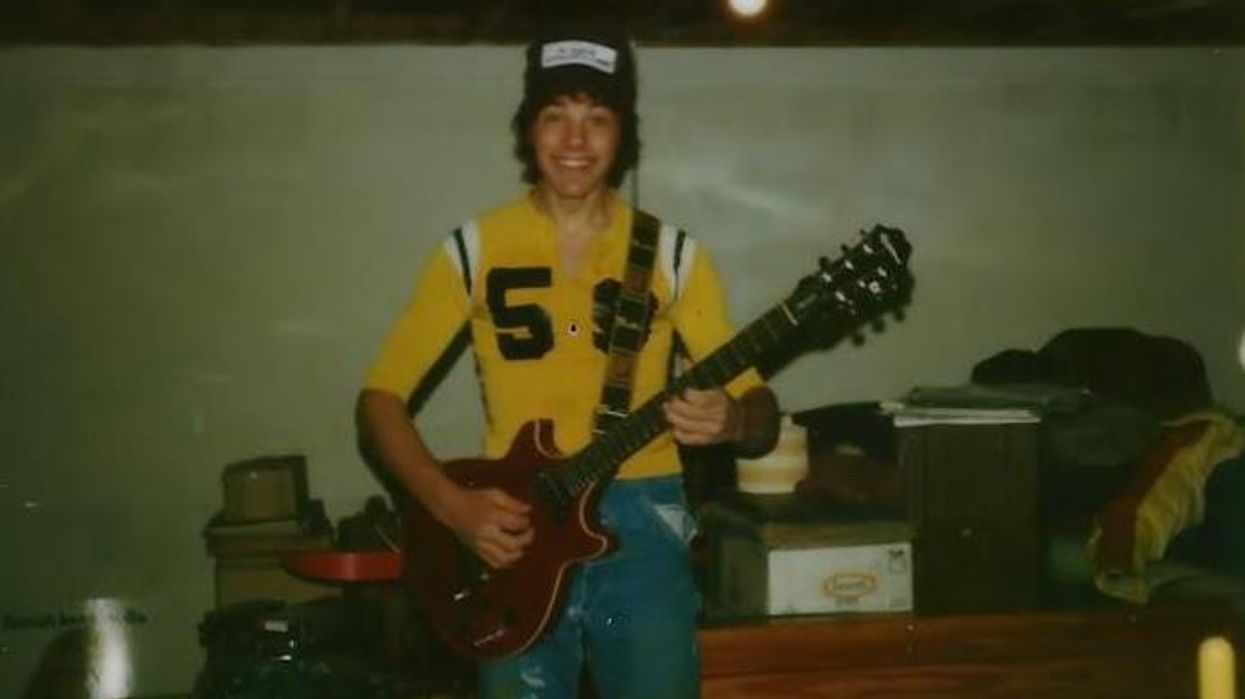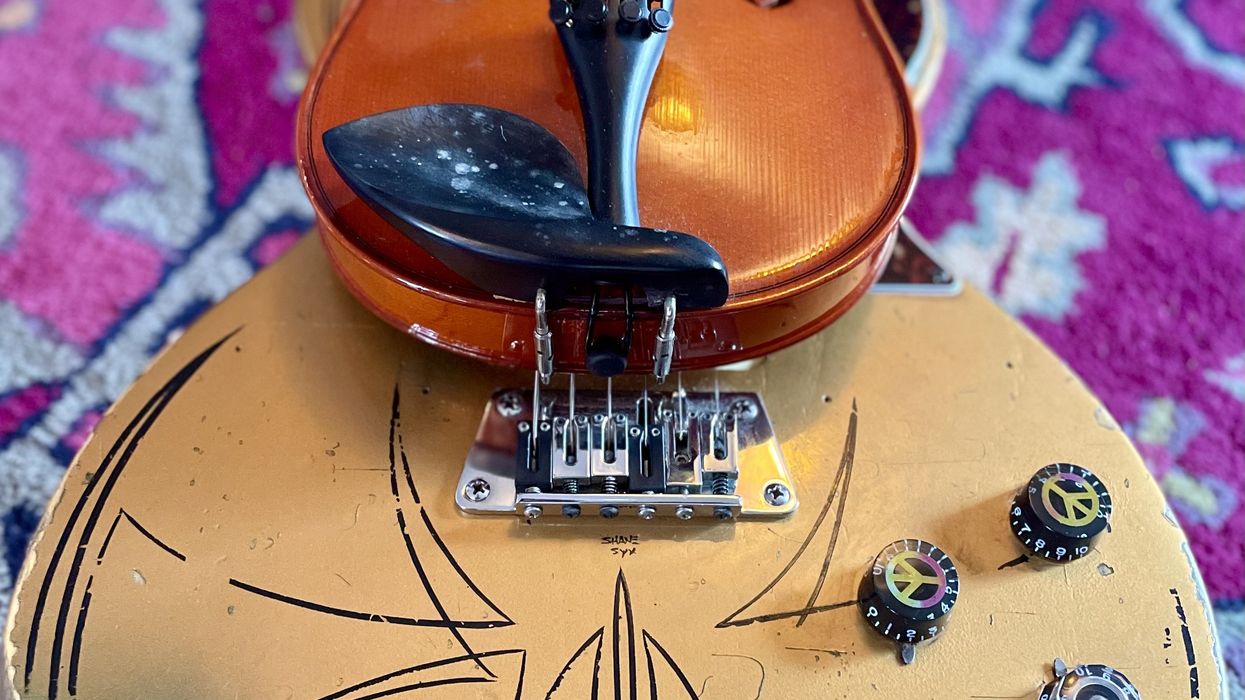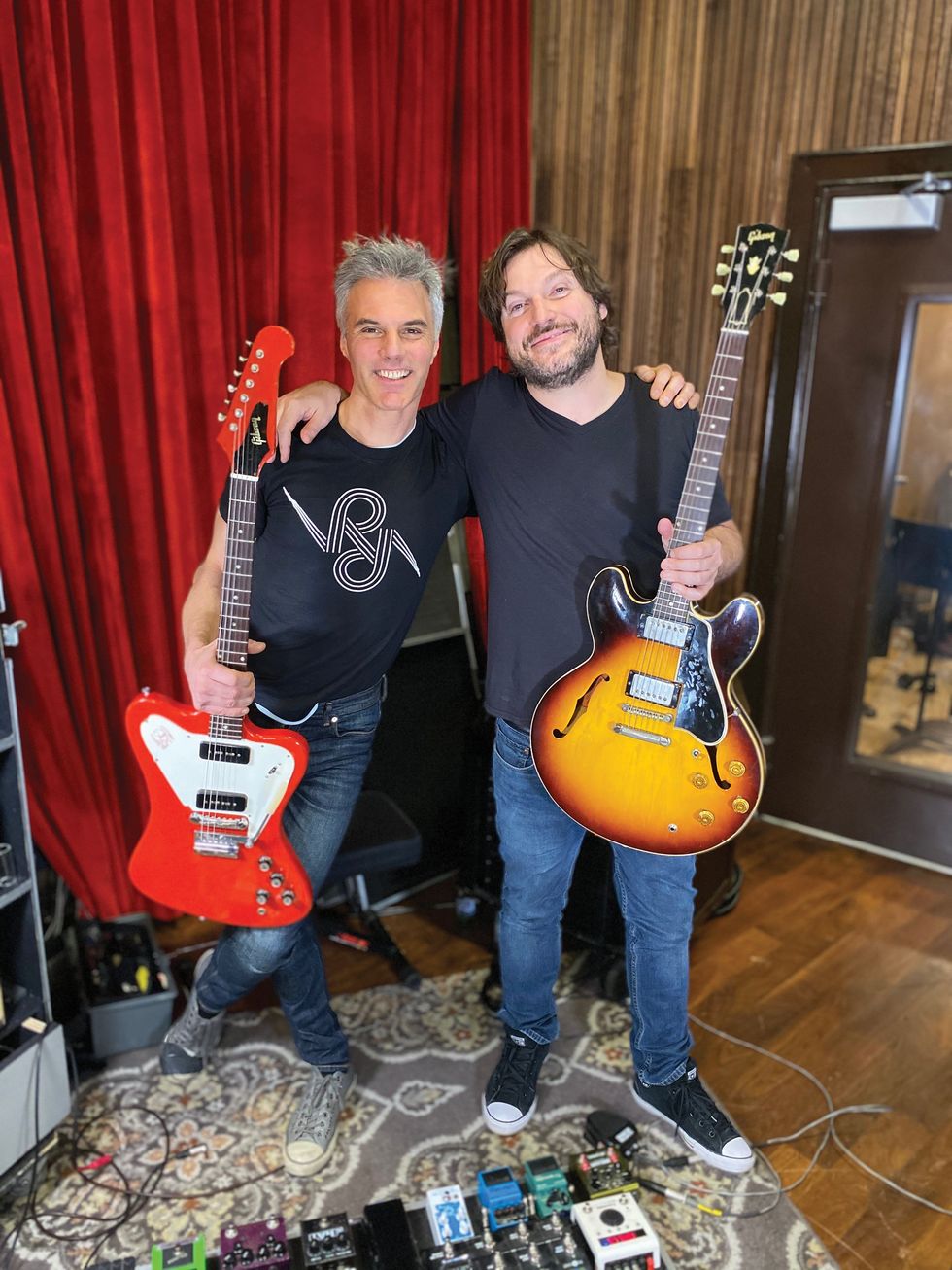Ding-dong.
The dog starts barking as you peep out the window and see the delivery truck start to pull away. That rush of exhilaration flitters in your stomach when you open the door and see the tan hue of a fresh shipping box resting on the porch. You knew it was coming. The tracking number told you to expect it today. You even took the whole day off work so you could be sure to be home to receive your new treasure. Giddy with anticipation, you grab your screwdriver. You’ve already disassembled your amp in advance, so the time has finally come to install your brand new—
Poke.
Now you’ve done it. You waited days to receive this new speaker, and now that it’s finally arrived, you’ve jabbed a hole through the cone. Is this some kind of sick joke? Is it ruined? In short, yes. There’s no way a speaker with a perforated cone will ever last as long as a new speaker. But relax—you’re not the first to have done this. Luckily there’s a way to patch up a hole or small tear, provided you didn’t get too excited and cause massive damage.
I learned a patch method from Ted Weber, and I want to pass this on to you. You’ll need a bowl, some water, Elmer’s white glue, a few tissues (partially to wipe your tears), and, perhaps most importantly, patience.
In the bowl, mix the white glue with about two to three times as much water to create a papier-mâché goop. Next, tear small strips of tissue that are larger than the hole in the cone. Dip the tissue in the solution and then plaster the strip over the hole. Continue to do this on the front and back of the tear until you have built up what you feel is a suitable patch, which is usually three to five layers on each side. Let this dry overnight.
The next day, examine the speaker to confirm you’ve covered the hole and the patch is dry. It won’t look pretty, but it will prolong the life of the cone. Eventually, you’ll want to have the speaker reconed, but this patch will keep you going for a while.
How about something more serious? Maybe when you were unboxing the speaker you got too excited and let it slip out of your happy little hands. Maybe it took a tumble from the table onto the concrete garage floor. Well, it still looks all right, so it’s probably fine. Maybe—but most likely not. A speaker’s voice coil resides in the gap between the magnet pole and the front plate. The tighter the gap, the better the transition of magnetic energy between the magnet structure and the voice-coil windings. Also, this reduces the margin for error. For a speaker to work properly, the voice coil must be perfectly round and perfectly centered in the gap.
When your new speaker collided with the floor, it’s very likely that the frame flexed a little on impact and the voice coil got torqued out of round or off center. This causes the voice coil to rub against the sides of the gap. Though the speaker will technically still work, the sound is pretty unusable. Imagine a fuzzy decay at the end of each note. This would be an example of a light voice coil rub. A more severe rub creates a distorted overtone that covers all your notes from start to finish. The most severe rub occurs when the voice coil shifts so far off center that the whole cone seizes up and you’re left with what’s called a frozen speaker. Is it ruined? You bet. The only options are to recone or replace.
But maybe you didn’t drop it. Maybe you were at band practice last night and things got a little wild. You wanted to see what would happen if you maxed out all the knobs on your amp and pedals, and it appears you overpowered your speaker. Is it ruined?
Again, yes. A speaker’s voice coil is rated for a certain wattage, but it’s not like the voice coil has a brain that keeps a close eye on the number of watts it is being fed. The wattage rating is a calculated number based on the amount of heat the voice coil former can withstand before it fails. When the heat threshold is exceeded, the voice coil former bubbles out and the speaker is toast. Again, the only options are to recone or replace.
The best-case scenario is to take care of your speaker and avoid these problems in the first place. Don’t drop it, don’t overpower it, and don’t poke a hole in it. These situations are all preventable, so don’t let your excitement translate into impatience. I know it can be difficult. I’ve been there, so I hope this serves as a cautionary tale. Now go practice.












![Rig Rundown: Russian Circles’ Mike Sullivan [2025]](https://www.premierguitar.com/media-library/youtube.jpg?id=62303631&width=1245&height=700&quality=70&coordinates=0%2C0%2C0%2C0)






